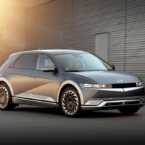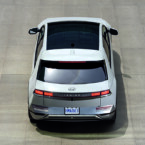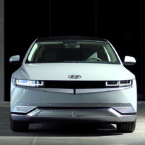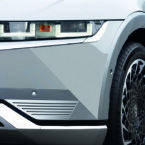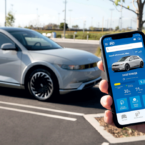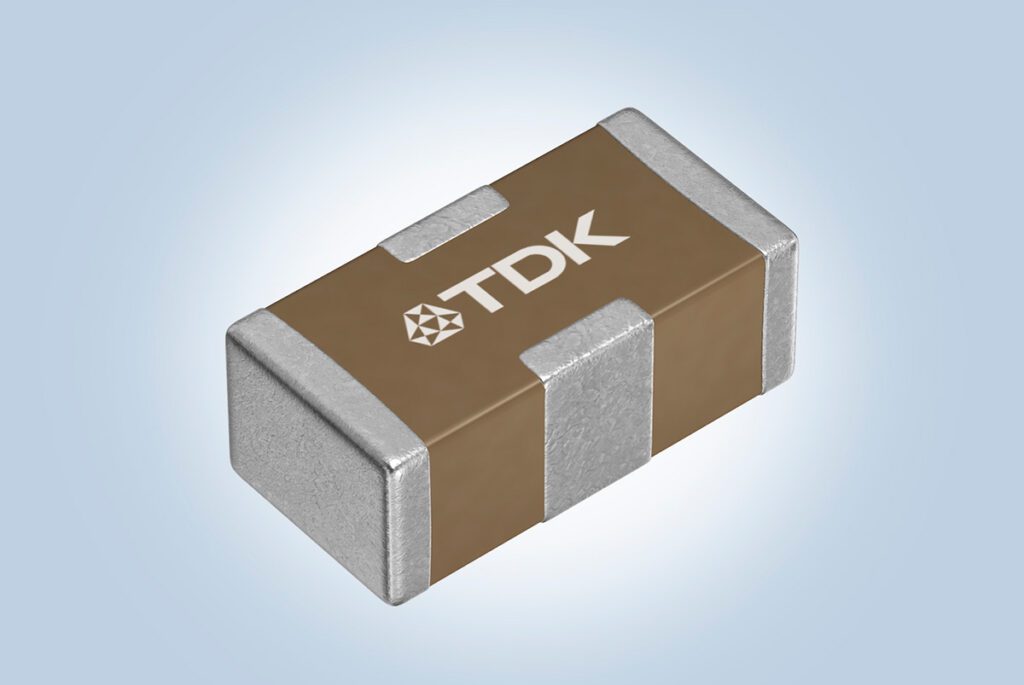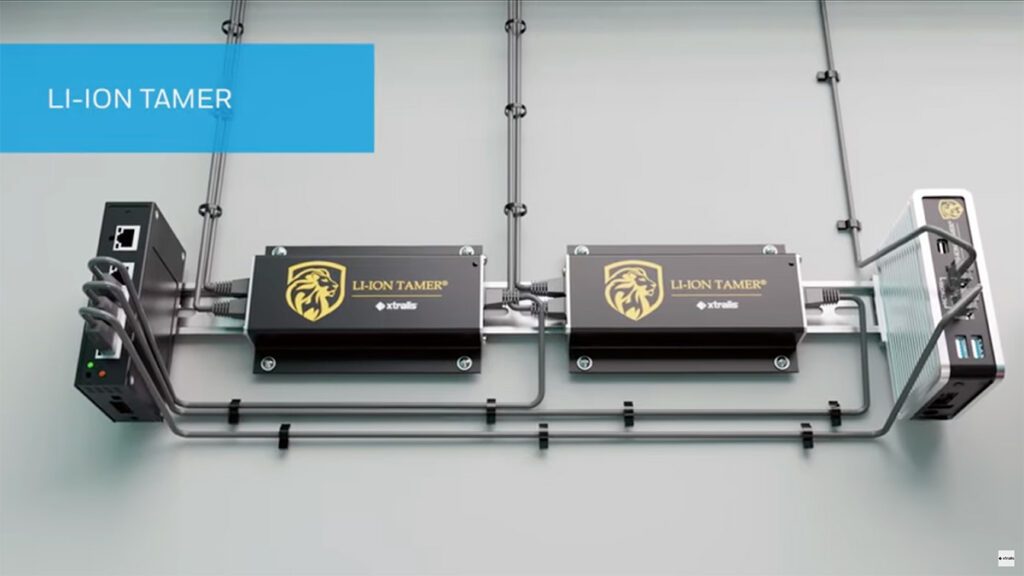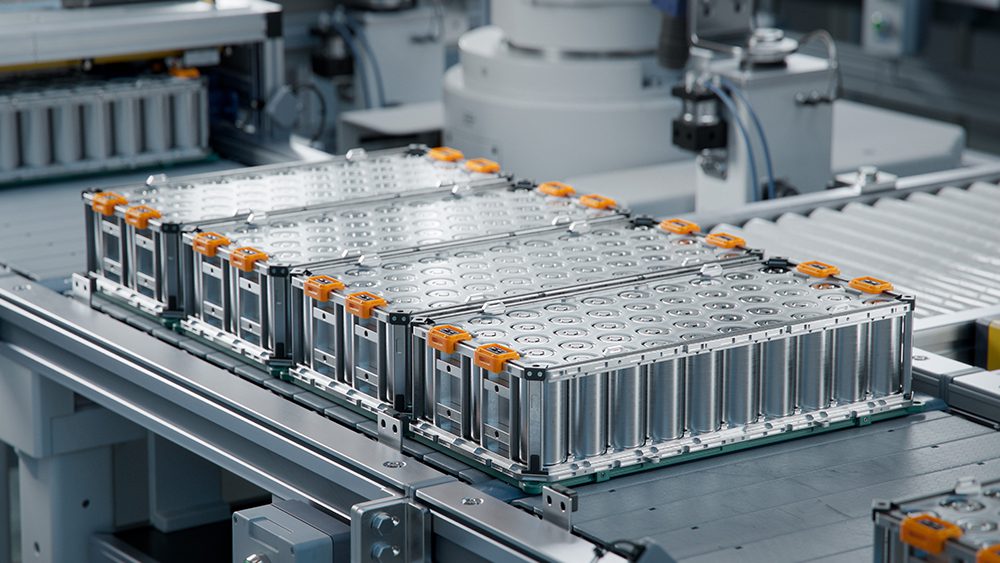The 2022 Hyundai Ioniq 5 should be taken very seriously when it goes on sale this fall. It will be a new and likely very competitive entry in what will soon become a crowded field of EVs in the popular “compact crossover” segment.
It’s not the first such EV: the Ford Mustang Mach-E, Tesla Model Y, and Volkswagen ID.4 are already on sale. Upcoming entries include the Audi Q4 e-tron, Kia EV6, Nissan Ariya, Subaru Solterra, Toyota bZ4X, and a Chevrolet crossover to be launched in 2023. And that list only includes crossovers that offer standard or optional all-wheel drive.
But the Ioniq 5 and its underlying technology show how serious Hyundai-Kia has become about offering EVs that appeal to mass-market buyers. It’s the first of 23 new battery-electric vehicles the company plans to launch by 2025, under three brands, and they’re targeting total global sales of a million EVs by the end of that year.
Hyundai has been selling battery-electric models in the US since the Ioniq Electric was launched alongside hybrid and plug-in hybrid siblings in 2017. Originally rated at 124 miles of range, in 2020 the model received a range boost to 170 miles, and it remains on sale. But Prius-like compact hatchbacks are a fast-fading segment, and that car is too small for most US buyers.
Now, Hyundai has rebooted its EV efforts with a new platform that will spawn a whole range of EVs offering 250 miles or more of rated range. The Ioniq 5 is the first, and it’s aimed squarely at the heart of the most popular family segment in the US: compact crossover utility vehicles.
Heritage style
The Ioniq 5 was previewed in September 2019 by the Hyundai 45 Concept, a styling exercise that harkened back to the company’s very first car. The Hyundai Pony (1976-85) was an inexpensive, conventional small sedan that introduced the South Korean carmaker to the rest of the world.
The same platform also underpins an EV from Hyundai’s sister brand, Kia.
Unfortunately for its US marketers, the Pony was never sold in the United States (though it did appear briefly in Canada). Our first Hyundai was the subcompact 1986 Excel, an early front-wheel-drive model. So, the heritage theme simply won’t work in the US.
The Ioniq 5 sits on the company’s Electric-Global Modular Platform (E-GMP), which it says is flexible enough to support not just compact vehicles but mid-size ones too—including an electric three-row SUV it is expected to launch by 2023, perhaps to be named Ioniq 7.
The same platform also underpins an EV from Hyundai’s sister brand, Kia. That’s the Kia EV6, which couldn’t be more visually distinct. It’s a low, sleek, rounded “crossover” that’s really more like a traditional hatchback. Side by side with the squarer, blockier Ioniq 5, you’d never guess the two share the same “skateboard” running platform—which is, of course, exactly the point of sharing costly new technology without resorting to badge engineering.
800-volt battery
It’s the technical details of the E-GMP platform that underscore the company’s determination to build fully capable EVs.
First, and perhaps most useful to drivers, is the company’s focus on charging, both AC and DC. Its onboard AC charger operates at up to 10.9 kilowatts at capable Level 2 charging stations, higher than the previous EV standards of 6.6 or 7.2 kW.
To future-proof its DC fast charging, the Ioniq 5’s battery pack operates at 800 volts, rather than the 400 volts used for the last 20 years in both hybrids and EVs. The practical effect is that the Ioniq 5 can use DC fast charging stations that run at higher rates than the 125-to-150 kW limit on most 400-volt EVs. This allows large battery packs to be charged at 250 to 350 kW. Hyundai says a recharge from 10 percent to 80 percent will take just 18 minutes (under optimal circumstances).
Hyundai says the 800-volt battery pack will recharge from 10 percent to 80 percent in just 18 minutes (under optimal circumstances).
To date, only the Porsche Taycan and its platform twin the Audi e-tron GT have 800-volt batteries—though Tesla’s 400-volt batteries can briefly charge at up to 250 kW. Notably, Hyundai promises that every Ioniq 5 will include the ability to use far more plentiful 150 kW charging stations too. That’s a feature that costs Taycan buyers an extra $460.
The second intriguing aspect of Hyundai’s E-GMP platform is bidirectional charging, which the company calls “Vehicle-to-Load (V2L)” capability. That’s the ability to export power from the battery pack to run external electrical devices, from portable accessories to an entire household.
Powering (some of) your home
Power export has proven to be a hugely popular feature of the recently announced Ford F-150 Lightning electric pickup truck, and Hyundai may find a similar reaction to a mass-market crossover that can power your home in an emergency. However, the electric F-150 exports up to 9.6 kW, while the smaller battery of the Hyundai is limited to 1.9 kW of output. That may not keep your whole house running in a blackout, but it’ll power your fridge—not to mention boom boxes, coolers, and all the other electric gear users may take to tailgaters, campsites and more.
Finally, Hyundai has followed Volkswagen’s lead and built its E-GMP with rear-wheel drive. All-wheel drive is easily added via a second motor between the front wheels. RWD has advantages for handling and roadholding, and reduces the cost of single-motor base models by eliminating costly constant-velocity joints for powered front wheels.
Electronic features galore
“Once behind the steering wheel, [buyers] are going to be shocked by the [Ioniq 5’s] range, power, comfort, interior space and advanced technology,” said José Muñoz, CEO of Hyundai Motor America. Every new vehicle comes with hyperbole, but this statement could be true—depending on how Hyundai prices the new EV. Thus far, it’s been entirely silent on that front.
The targeted range of the Ioniq 5 launch version is 300 miles, using a 77.4 kWh battery pack in a rear-wheel-drive configuration rated at 168 kW (225 hp) and 258 lb-ft of torque. Adding all-wheel drive, courtesy of a 74 kW motor on the front axle, boosts those ratings to a combined 320 hp and 446 lb-ft, but cuts range to 269 miles—or 244 miles if you check all the option boxes and get the Limited AWD version. The US won’t get the option of the smaller, lower-range 58 kWh battery that’s offered in other markets.
The AWD version is the hot rod, claimed to accelerate from 0 to 60 mph in less than 5.0 seconds. Top speed of all models is limited to 115 mph, and towing capacity is a modest 1,500 pounds. Rear cargo volume is 27.2 cubic feet with the rear seatbacks up, or 59.3 cu ft with the seats folded. A very small front trunk measures just 0.8 cubic feet—fine for a jacket, not so good for luggage.
The simple, streamlined interior features a central 12-inch touchscreen display, a second 12-inch display acting as a digital gauge cluster, and a head-up display with an augmented reality mode.
The electronics of any new EV are now a key selling feature. The simple, streamlined interior features a central 12-inch touchscreen display, a second 12-inch display acting as a digital gauge cluster behind the steering wheel, and a head-up display with an augmented reality mode. Support for Android Auto and Apple CarPlay is pretty much mandatory, but Bluetooth Multi-Connection, which lets the car pair with two devices simultaneously, is newer.
Advanced driver-assistance systems in the Ioniq 5 will include Smart Cruise Control, Forward Collision-Avoidance Assist, Highway Driving Assist 2, Driver Attention Warning, and quite a few more. Hyundai says the Ioniq 5 will offer over-the-air wireless updates to multimedia features and navigation maps, though it didn’t specify whether ADAS features might be updated as well. The updates will come free to the buyer twice a year.
No US reviews yet
As of June, Hyundai hadn’t provided Ioniq 5 test vehicles to the media, so we can’t offer first-hand impressions yet. But in April, German blogger Dr. Stefan Leichsenring gave the car a solid review. It “delivers a lot of what it promises,” he wrote, saying he had come away “really excited” about the Ioniq 5, “which is rare” for him. He cited the space inside the passenger cabin, the usable trunk (or cargo bay), and the car’s interior flexibility. In summary, Leichsenring said, “Hyundai has earned an A; the Ioniq 5 is a winner.”
First sales this fall will be limited to 10 ZEV states, plus Arizona, Florida, Georgia, North Carolina, Pennsylvania and Texas.
Hyundai’s newest EV will be launched gradually in the US. First sales this fall will be limited to 10 ZEV states, plus Arizona, Florida, Georgia, North Carolina, Pennsylvania and Texas. The company says a broader rollout is scheduled for early 2022. The Ioniq 5 will be packaged with two years of free charging on the Electrify America DC fast charging network.
Moreover, Hyundai plans to join Ford, GM, Nissan, Tesla, Volkswagen and Volvo in building electric vehicles in the US. The company says it will invest $7.4 billion in new and updated US manufacturing capability by 2025, and most of those resources will target EVs. One report suggests the company could start assembling EVs in the US as early as 2022.
A carmaker to watch
Within the auto industry, it’s said that Toyota is not afraid of competition from most other makers. The most profitable large car company is said to be unimpressed by EV plans from Volkswagen Group, General Motors, and the Renault-Nissan-Mitsubishi Alliance.
The only company that worries Toyota, says the received wisdom, is Hyundai-Kia. Along with tens of millions of buyers worldwide, the Japanese company has seen how fast the Korean maker has grown, becoming the fifth-largest global producer in just three decades.
Every new generation of Hyundai vehicles is notably better in design, features, and performance than its predecessor, and the pace of model change is rapid: four or five years in most cases.
That makes the Ioniq 5, the first of what will be a dozen or more vehicles on E-GMP underpinnings, a canary in the coalmine for other carmakers. If it’s as good in real life as it is on paper, it may prove a formidable competitor among EV compact crossovers. Road tests later this year will show whether it lives up to that promise.
This article appeared in Charged Issue 55 – May/June 2021 – Subscribe now.








